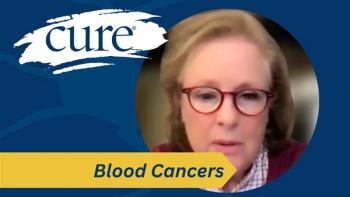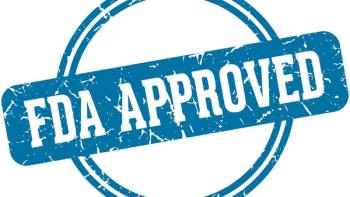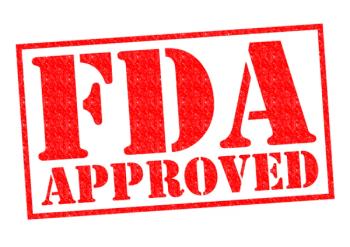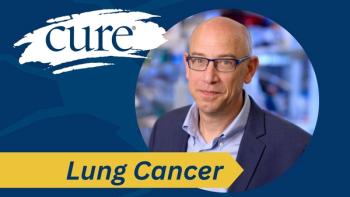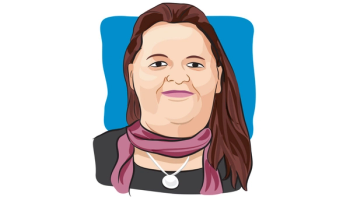
Assistance for Patients
Patient assistance programs help patients with little or no insurance get access to drugs and money for other expensesÂ
The costs of cancer treatment can quickly become overwhelming, even for patients who have medical insurance. Patient assistance programs are offered by various companies, nonprofits and government agencies to help patients with little or no insurance get access to drugs and money for other treatment-related expenses.
If patients are interested in enrolling in a patient assistance program, they must first gather information, usually from their doctor. In most cases, the patient will need to fill out an application from the drug manufacturer. A doctor must be involved in the process because the physician writes the prescription for the medication.
Many patient assistance applications will require proof of income, including tax returns, Social Security income, interest and retirement income to prove financial burden and to meet income requirements. Faxing the information often speeds the process. In addition to many state governments, numerous organizations provide information on patient assistance programs. For listings, visit curetoday.com/assistance_programs.

